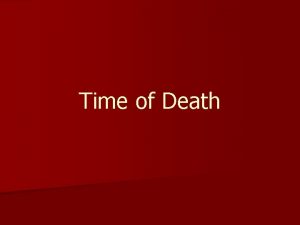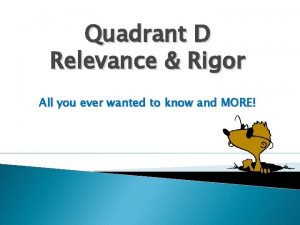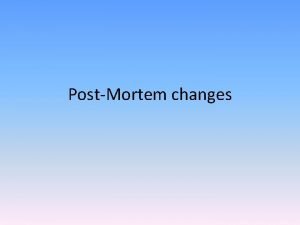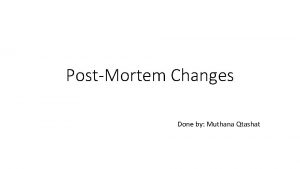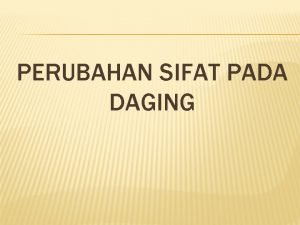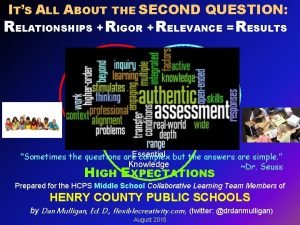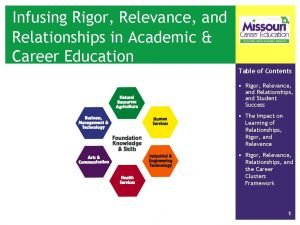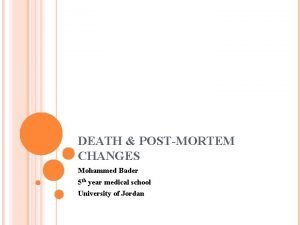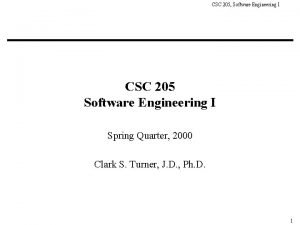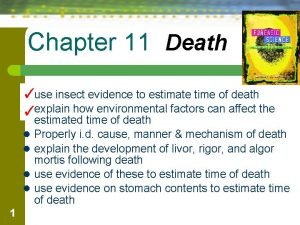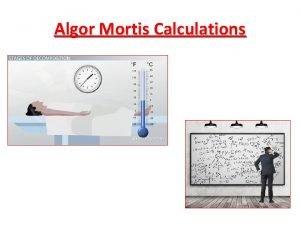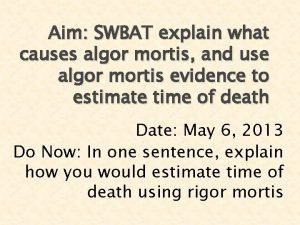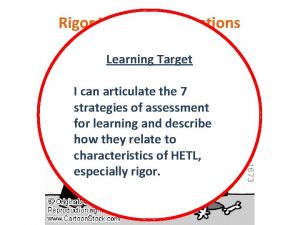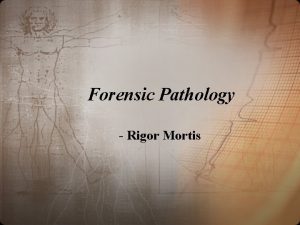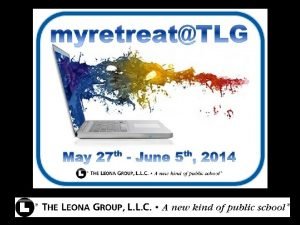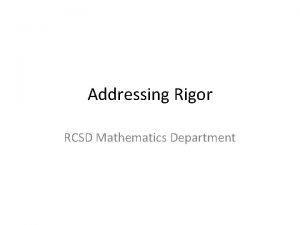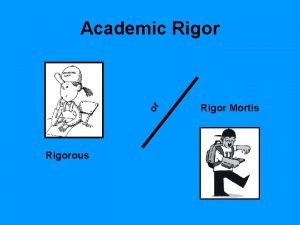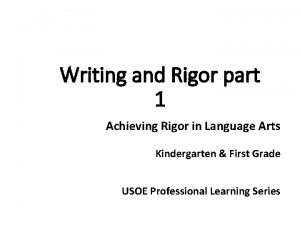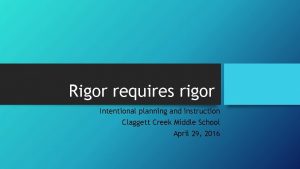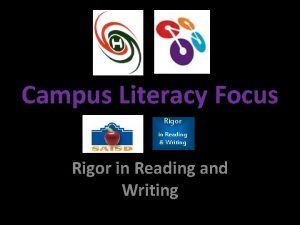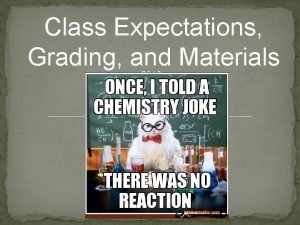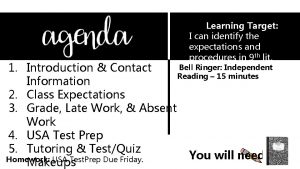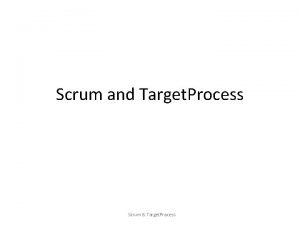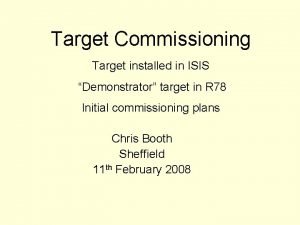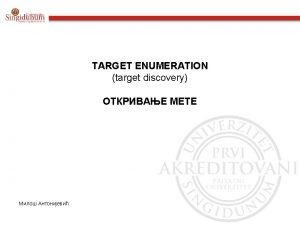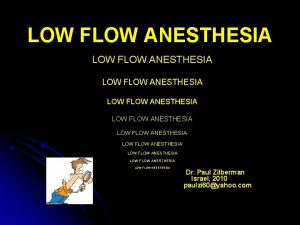Rigor VS Low Expectations Learning Target I can





















- Slides: 21

Rigor VS Low Expectations Learning Target I can articulate the 7 strategies of assessment for learning and describe how they relate to characteristics of HETL, especially rigor.

Real Learning • Think of a time when you learned something outside of school. • Why and how did you learn it? • Why do you still remember it?

When/why does real learning occur? • Picture Connection to past learning Relevance (survival, usefulness) Emotional reaction Decay

Which will move on? A carpet is 14 feet wide and 9 feet long. What is its area? A friend has a new carpet 14 feet wide and 9 feet long that he is giving away. Will it fit your room, which is 120 square feet? Why or why not? The Brain’s American Idol! Why?

A friend has a new carpet 14 feet wide and 9 feet long that he is giving away. Will it fit your room, which is 120 square feet? Why or why not? Uh, uh! It won’t fit because there is no way to make 120 square feet Yes, it will fit. Wait, if your room is 14 feet going 14 feet x 9 feet. You will have 14 x 9=126 square feet. wide, it would be 120. 008 to cut off of one side and paste onto 126 square feet > 120 square feet if it was 8. 572 feet the other side, so you will have a square feet, so the long. That means you would What if your room was 9 Frankenstein carpet job! If you just carpet fits! just have to cut off about a half feet wide? To get 120 had to cut off, it might be okay, but foot. You would have to be no matter what shape your room is, sq. ft. you would only very lucky! you can’t make it fit without pasting have to cut off about 4 some on one side! inches and it would fit!

Growth Mindset: “Mistakes help you figure out what to learn. ” OR Fixed Mindset: “If at first you don't succeed, destroy all evidence that you tried. ”

What makes it more rigorous? R I G O R • • • Raise level of content Increase complexity Give appropriate support and guidance Open your focus Raise expectations

How do I make it “un-rigorous”? A friend has a new carpet 14 feet wide and 9 feet long that he is giving away. Will it fit your room, which is 120 square feet? Why or why not? “What’s the formula for area? ” “What’s 14 x 9? “What is the area of the room? ” “What could the dimensions of the room be? ” “blah, blah…. ”

Parallels for Language Arts Is it How could rigorous? be increased? Why or why How could rigor not? be decreased?

But, what about the “G”? R I G O R • • • Raise level of content Increase complexity Give appropriate support and guidance Open your focus Raise expectations

How (and why) do we let go?

Seven Strategies of Assessment for Learning Where am I going? 1. Provide students with a clear and understandable statement of the learning target. 2. Use examples and models of strong and weak work. Where am I now? 3. Offer regular descriptive feedback. 4. Teach students to self-assess and set goals. How can I close the gap? 5. Design lessons to focus on one learning target or aspect of quality at a time. 6. Teach students focused revision. 7. Engage students in self-reflection, and let them keep track of and share their learning.

Are these in place? 1. Provide students with a clear and understandable statement of the learning target. 2. Use examples and models of strong and weak work. 3. Offer regular descriptive feedback.

Provide students with a clear and understandable statement of the learning target. (Chapter 1) Text Types and Purposes W. 7. 1. Write arguments to support claims with clear reasons and relevant evidence. – Introduce claim(s), acknowledge alternate or opposing claims, and organize the reasons and evidence logically. – Support claim(s) with logical reasoning and relevant evidence, using accurate, credible sources and demonstrating an understanding of the topic or text. – Use words, phrases, and clauses to create cohesion and clarify the relationships among claim(s), reasons, and evidence. – Establish and maintain a formal style. – Provide a concluding statement or section that follows from and supports the argument presented. Student friendly! Presented in pieces! Broken Down! Create criteria or even a rubric with students!

Use examples and models of strong and weak work. (Chapter 2) n a th r e t t e b e ? n r o e s h i t y o Wh the What characteristics does the best How one have? piec does t e aff he b ette ect t leve r he r l of a eade gree r’s men my a t wit rgum h ent?

Offer regular descriptive feedback. (Chapter 3) Characteristics of Effective Feedback 1. Directs attention to the learning, pointing out strengths and offering specific information to guide improvement 2. Occurs during the learning process 3. Addresses partial understanding 4. Does not do the thinking for the student 5. Limits correctives to what student can act on in given time What kind of feedback moves students forward without doing the thinking for them?

Good Questions! What does it mean to introduce a claim? What evidence supports your position? How is evidence different from opinion? What does style mean? What vision would your reader have of who wrote this essay? How would that affect their attention to it?


Seven Strategies of Assessment for Learning Where am I going? 1. Provide students with a clear and understandable statement of the learning target. 2. Use examples and models of strong and weak work. Where am I now? 3. Offer regular descriptive feedback. 4. Teach students to self-assess and set goals. How can I close the gap? 5. Design lessons to focus on one learning target or aspect of quality at a time. 6. Teach students focused revision. 7. Engage students in self-reflection, and let them keep track of and share their learning.


Learning Target I can articulate the 7 strategies of assessment for learning and describe how they relate to characteristics of HETL, especially rigor.
 Primary target market and secondary target market
Primary target market and secondary target market Mid = (low + high) / 2
Mid = (low + high) / 2 Director communication style
Director communication style High precision vs high accuracy
High precision vs high accuracy Low voltage hazards
Low voltage hazards Cuadro comparativo de e-learning b-learning y m-learning
Cuadro comparativo de e-learning b-learning y m-learning Mortisn
Mortisn Rigor relevance framework
Rigor relevance framework Quadrant d learners
Quadrant d learners Cadaveric spasm ppt
Cadaveric spasm ppt Kotzwarrism
Kotzwarrism Conditions simulating rigor mortis
Conditions simulating rigor mortis Pre rigor adalah
Pre rigor adalah Casper's dictum
Casper's dictum Relationships before rigor
Relationships before rigor Rigor relevance and relationships in action
Rigor relevance and relationships in action Somatic death
Somatic death Rigor mortis eyes
Rigor mortis eyes Rigor and formality
Rigor and formality Site:slidetodoc.com
Site:slidetodoc.com Algor mortis calculation
Algor mortis calculation Time of death estimations worksheet
Time of death estimations worksheet






